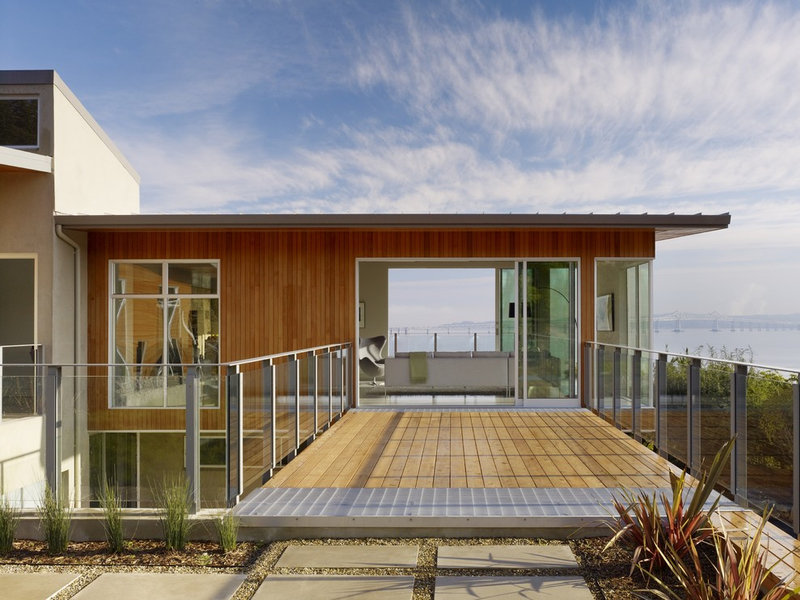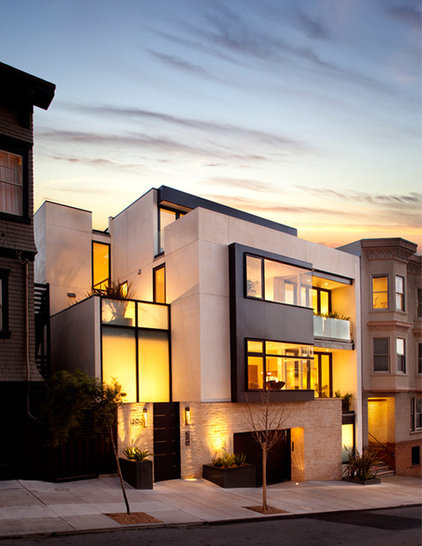How can you tell the difference between houses that look environmentally friendly and ones that actually are? Home certifications can help. Leadership in Energy & Environmental Design (LEED) is just one certification that helps all sectors of the home-building industry use some of the best methods of sustainable design and construction.
Your first two questions about certification are likely going to be, “What’s in it for me? and “How much is this going to cost?” Let’s look at some of the basics.
Benefits of LEED Certification The benefits touch everyone involved. For the homeowner a voluntary certification like LEED for homes increases accountability for quality checks on the construction site, therefore decreasing the frequency of costly mistakes. Plus, according to the U.S. Green Building Council, LEED-certified homes use on average 20 to 30 percent less energy and water, with some homes reporting up to 60 percent less energy use than a home built to meet code minimums. In addition to the decrease in monthly utility bills, many states and cities have tax breaks and incentives for environmentally friendly construction. While the LEED rating itself doesn’t address individual incentives, the requirements often overlap. In fact, the U.S. Department of Energy has a searchable Database of State Incentives for Renewables & Efficiency. You and your project team can look up federal and state incentives to give your budget a little boost. Finally, if you ever need to sell your home, you can ask for a higher price for a LEED home than similar houses on the market. One study in California, for example, showed an 8 to 9 percent increase in the market value of green-certified homes. Meanwhile, any builders wanting to set themselves apart should consider learning how to build according to LEED requirements. Most agree that there is a steep learning curve, but with more than 100,000 home units certified in the U.S. (and many more in the pipeline), it could set an experienced business even further apart from the crowd or help a new business leap ahead. The same goes for designers who want to show clients that they can be creative even within environmental parameters. Costs of LEED Certification It’s difficult to pinpoint an exact percentage increase in construction costs that you are likely to see with a LEED home. It depends on what you are comparing it to. In an apples-to-apples comparison with a high-quality, uncertified construction that follows best-practice guidelines, the cost difference is hardly noticeable: maybe 2 to 5 percent higher). In a comparison with the average home on the market that just meets the minimum building codes (apples to oranges in this little fruit metaphor), the percentage would be much higher: maybe 20 percent. |
- Platinum (90 to 136 points)
- Gold (75 to 89 points)
- Silver (60 to 74 points)
- Certified (45 to 59 points)
Whether you are in the market for a LEED home or looking to build one yourself, understanding what goes into these scoring categories can help you formulate your questions for your real estate agent or home builder.
1. Innovation and Design Process (ID)
Points available: 11
Points earned for: Making sure that the home is sustainable, durable and cost efficient, with a well-rounded approach to the design.
Things to keep in mind: This category of credits is meant to see if you really mean it — if you really want to build a sustainable home or if you’re just looking for a quick certification. The lesson: Plan early and plan often. You need to get your project team on the same page as soon as possible and make sure that every professional involved is willing to use the best methods, rather than the easiest methods.
The design of your home should be integrated with the selection of your team. It should take into consideration the path of the sun and the use of solar heat to reduce consumption. The home should also be durable and high quality, not only to last you through the years, but also to provide a good base for whatever the future of building technology may hold.
2. Location and Linkages (LL)
Points available: 10
Points earned for: Selecting a sustainable location for your home. To be truly green, you must try to use an existing infrastructure.


